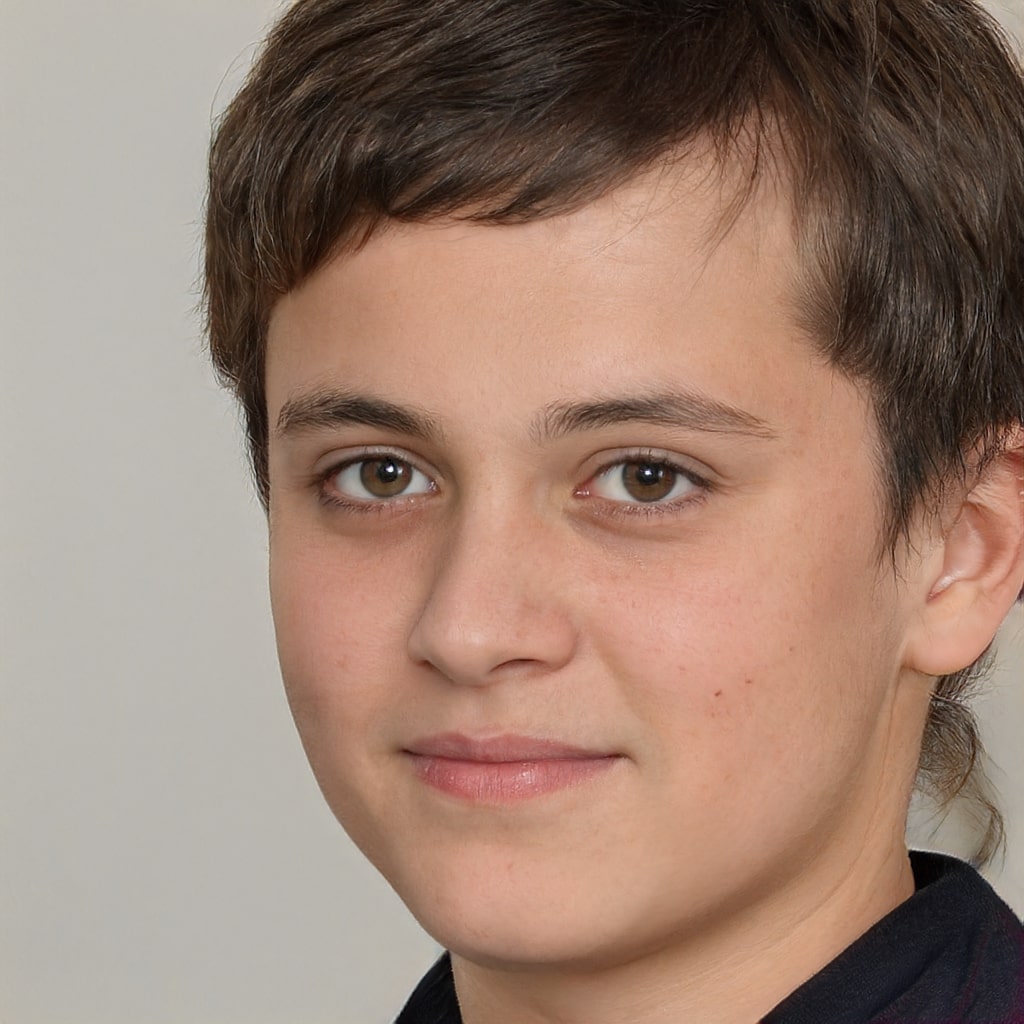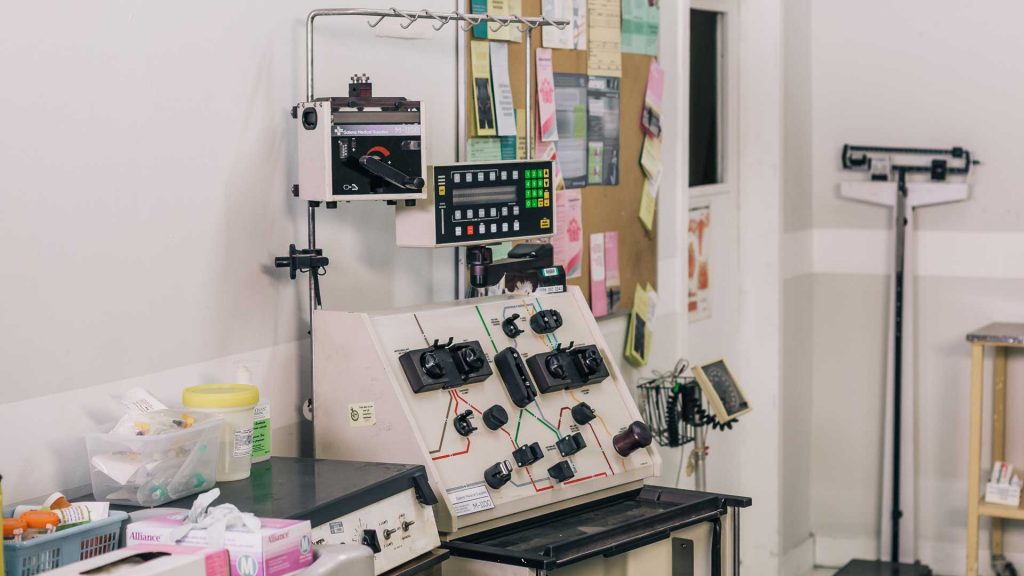With the help of Deep Learning, prominent medical imaging device manufacturers are teaching AI to do lots of wonderful tasks. Deep Learning is a method used to teach computers how to read data. Computers learn the characteristics of the data entered to them and make judgments about the pattern. They can produce an explanation for medical images and give insights. Hitachi, one of the prominent manufacturers of low intensity ultrasound device like medical imaging devices, has its own AI technology, which is called Hybrid Learning.
Hybrid Learning
Hybrid Learning is Hitachi’s own AI technology. The basic overview of Hybrid Learning is data analysis through machine learning, medical image processing through the extraction of disease characteristics, and medical findings through biological modeling. These combine the medical findings built up as a manufacturer of medical diagnostic imaging equipment over the decades, the technology to process medical images, and machine learning with the help of deep learning. Hybrid Learning uses Operational Technology (OT) and IT to make results that are more accurate and more medically relevant.
How Hybrid Learning Tackles the Problems in Diagnostic Imaging
When AI is applied to diagnostic imaging at a hospital or a clinic, two major issues arise aside from the performance issue. One is how to provide the basis of AI judgment and the other is how to secure a large amount of learning data? Setting medical knowledge, upgraded processing transparency and learning efficiency with a little amount of data can be expected from Hybrid Learning.
For example, image filters that are able to capture tumor features, initial values in deep learning network configuration. This is a method that is made to make the most out of the characteristics of data-driven machine learning while at the same time modeling and incorporating data from a lot of existing knowledge. An ultrasound medical device can be much more powerful if it’s incorporated with AI.
Hybrid CAD System
The hybrid CAD system is a method developed by Hitachi which takes rule-based algorithms and deep learning and combines them to achieve lesion detection based on learning results including physicians’ insights. It’s easy to achieve get high performance with deep learning but the actual results may be in a black box.
There are challenges, e.g. the difficulty to adjust the performance and explain the reasoning process of the AI. A lot of trials and errors are needed to adjust the hyperparameters in order to achieve top-notch lesion detection. To fight this problem, Hitachi has developed the modeled kernel method, which is a new hyperparameter design method. And this method has been able to reduce the trials and errors by a significant number.
Conclusion
It’s no wonder that an ultrasound medical device or any imaging device for that matter becomes much more efficient when incorporated with an AI. Hitachi’s plans for the future are big. They are hoping to establish this machine learning method as a tool to accelerate global development such as a treatment for many diseases.


